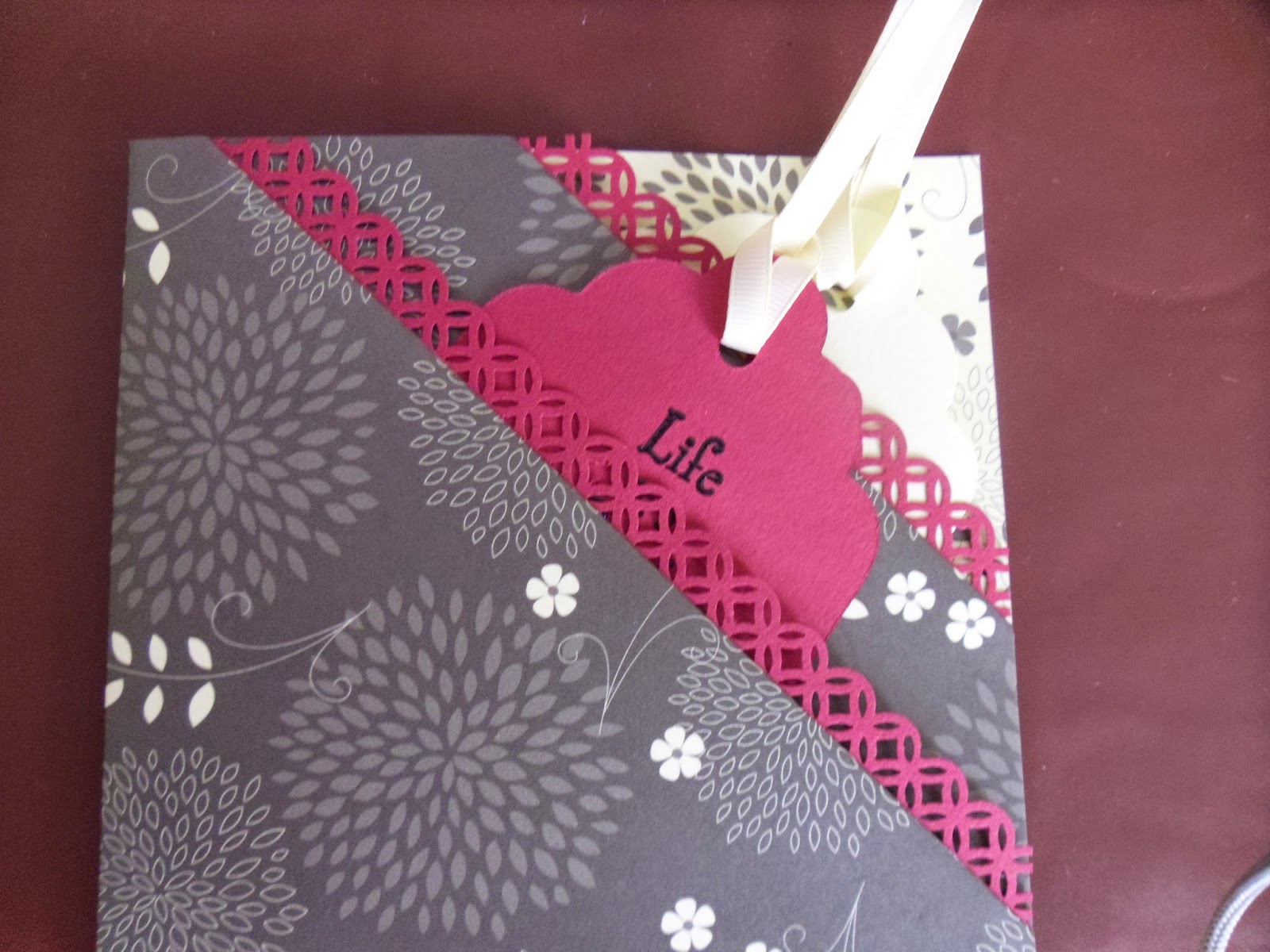As the title suggests, this project is made from 4 squares. As long as they are equal sized squares, you can do this in any size. For the purpose of this project, I used four 6" squares. These can be cut from from a 12" piece, from two A4 sheets (slightly less than 6"), or as I did, from a 6" paper pad. I used double sided heavyweight papers, but as you cover the joins, double sided isn't necessary.

Begin by scoring and folding each piece in half ***if you have a direction/a right way up, on patterned paper, you will need to do two vertically and two horizontally in half. Your first join will be attaching what will be the 'top' fold out section, to the upper right quarter of the 'left fold out section'. Use a craft mat or similar, as a guide to where the quarter section actually is. Alternatively, you may feel more confident if you lightly mark this section using a pencil and a ruler. Then fix the 'right fold out section' to the lower right quarter of the previous paper. You are in effect overlapping/weaving the papers together. The photo on the left shows the last section where I have flipped the paper over, simply to demonstrate that this last piece needs to be joined to the lower left of the third paper, then attached underneath the first paper. Now to decorate.
Close up by overlapping each quarter, tucking the last one in.....similar to how you would close a box up if you didn't want to completely seal it with tape. It is important to decorate the front whilst it is closed, as the folding process can alter the position of margins. I cropped my photos to 6 cms squares, and matted on complimentary coloured mats of 6.5 cms squares. I positioned them approximately 1/4" from the two outer edges, thus having a frame all the way around when all four photos were placed. You could use some or all of the squares for wording or numbers e.g 18th, 50th etc.
For the inside I used one large photo on a mat and placed it centrally. I printed a verse and split it between the top and bottom sections, and used some scraps for a little bunting at the sides. You could add more photos, especially if it is for a special birthday or anniversary. Looking at how people have changed as years have passed can lead to a wealth of chatter and amusement as memories are relived.
Have fun and more importantly...have a go. Happy Crafting !!
Christine


























